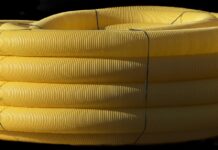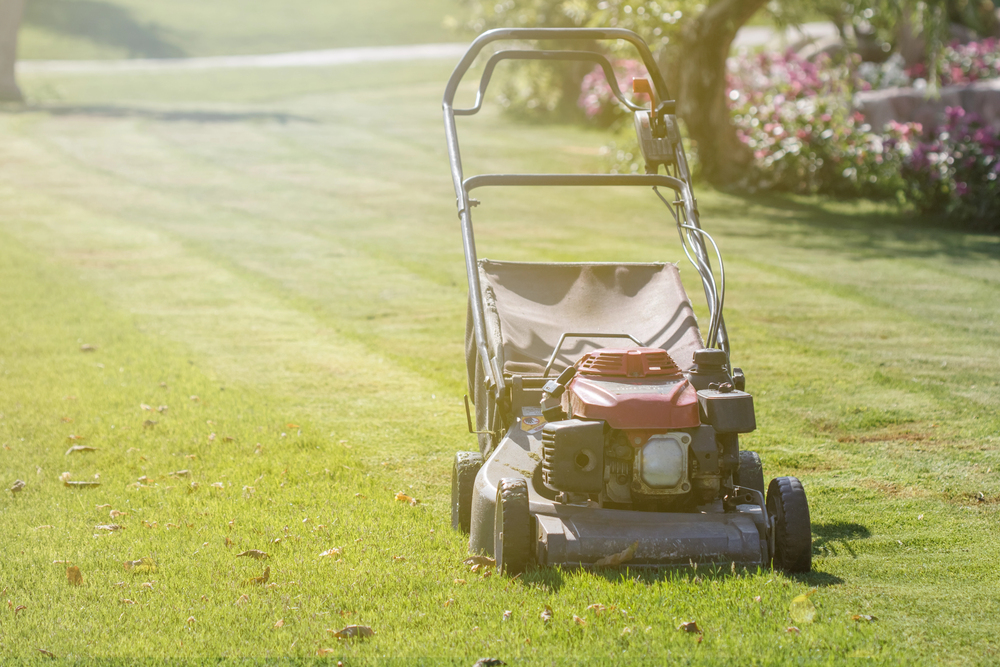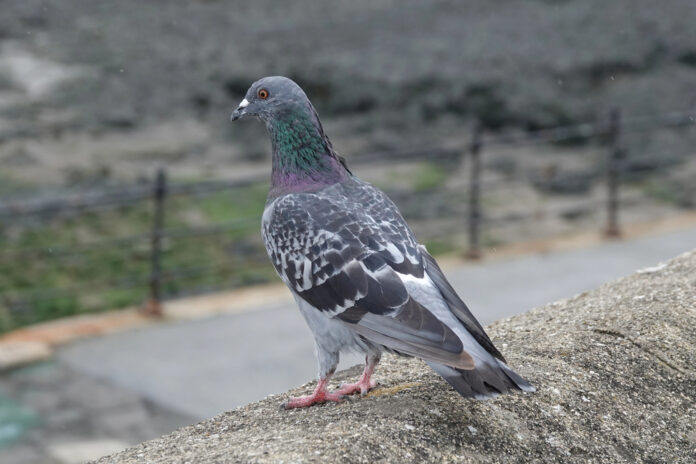Eco-conscious facilities are increasingly adopting humane bird solutions because they align environmental responsibility with effective management. Traditional methods for bird control often raise ethical and ecological concerns, pushing organizations to seek gentler yet reliable approaches. Humane strategies for feral pigeon management, such as safe pigeon birth control, present a sustainable alternative that avoids harm while controlling populations; learn more at this leading pigeon control solution.
Facilities are drawn to these practices not just for ethical reasons, but also for real-world results. Humane solutions help maintain a clean, safe environment without disrupting local ecosystems or risking non-target species. This shift reflects a broader trend toward responsible facility management and contributes to a more positive public image.
Key Takeaways
- Facilities use humane bird solutions for ethical and practical reasons.
- Eco-friendly approaches maintain both cleanliness and biodiversity.
- Humane methods are becoming standard in responsible facility management.
The Shift Toward Humane Bird Solutions in Eco-Conscious Facilities
Eco-conscious facilities are adopting new approaches to balance operational needs with environmental protection and animal welfare. These changes impact conservation efforts, management of biodiversity, and strategies for reducing environmental impact in both urban and natural settings.
Growing Importance of Conservation
Facilities with an eco-friendly mandate are prioritizing conservation as public awareness about biodiversity increases. High-profile campaigns to restore bird habitats underline the importance of maintaining diverse bird populations and supporting healthy ecosystems.
Faith communities and businesses alike are engaging in projects to restore and maintain habitats, sometimes on their own properties, to actively lower their environmental footprint as highlighted in nature-based restoration efforts. These steps support long-term ecological balance and are consistent with broader conservation objectives such as protecting threatened bird species and helping ecosystems recover from previous harms.
Reducing Environmental Impact
By moving away from aggressive exclusion methods or harmful chemicals, facilities help reduce the negative effects on both birds and the broader environment. Environmentally friendly initiatives include switching to non-toxic materials and improved waste management, which lower pollution levels and promote sustainability for surrounding wildlife.
Urban green spaces play a significant role by offering habitat to birds and contributing to ecological health. Efforts to reduce carbon emissions—like using shared transport, improving building efficiency, and reducing single-use plastics—directly support bird populations by mitigating some primary threats linked to industrial development and human activity. For more on how organizations are reducing their environmental impact, see environmental management best practices.
Integrating Bird Deterrent Methods
Facilities are adopting bird deterrent strategies that prioritize humane treatment without compromising operations or safety. These methods, such as visual deterrents, acoustic devices, and physical barriers, are designed to prevent birds from nesting or roosting in sensitive areas without harming them.
The latest bird deterrent technologies are selected with a focus on ecology and animal welfare. Using properly researched solutions reduces conflicts between people and wildlife, meeting the demand for more compassionate, eco-friendly facility management. Effective deterrents are also tailored to specific bird species, taking local biodiversity and the needs of the ecosystem into account.
Key Motivators and Broader Implications
Facilities adopting humane bird solutions aim to promote ecosystem health, reduce environmental risks, and contribute to climate change mitigation. These facilities are also responding to increased demand for eco-friendly and ethical strategies in their operations.
Supporting Local Ecosystems
Birds are essential members of local ecosystems. They help control insect populations, disperse seeds, and contribute to plant pollination. By adopting humane bird solutions, facilities protect bird populations, which, in turn, sustains these critical ecosystem services.
Facilities that encourage the safe presence of birds support biodiversity and improve the natural balance. When bird diversity thrives, so do other species that depend on them. Healthy bird populations have even been linked to improved ecosystem resilience against disturbances.
Efforts to create safer environments for birds can also inspire broader conservation efforts within communities. This approach demonstrates a commitment to both environmental protection and sustainable business practices.
Minimizing Use of Pesticides and Chemicals
Traditional methods for controlling birds often rely on lethal traps, toxic repellents, or harsh chemicals. Eco-conscious facilities are moving away from these approaches to limit pesticide use, which has negative effects on both wildlife and human health.
Reducing pesticide application helps protect soil and water from chemical run-off. A shift to humane deterrents also lowers the risk of harming non-target species and supports pollinator health.
Facilities may use exclusion nets, visual deterrents, or other non-toxic interventions instead of pesticides. This approach helps to meet sustainability targets and aligns closely with biodiversity conservation goals.
Conclusion
Eco-conscious facilities are embracing humane bird solutions to align with sustainability goals and regulatory expectations. These approaches help reduce repair and maintenance costs while keeping work environments sanitary and safe.
Adopting humane and eco-friendly bird control practices also supports healthier ecosystems. By minimizing harm, businesses can maintain compliance and foster positive relationships with their communities.
Interested readers can also explore how bird diversity contributes to robust ecosystems and benefits the broader environment through responsible bird management.
Find a Home-Based Business to Start-Up >>> Hundreds of Business Listings.














































